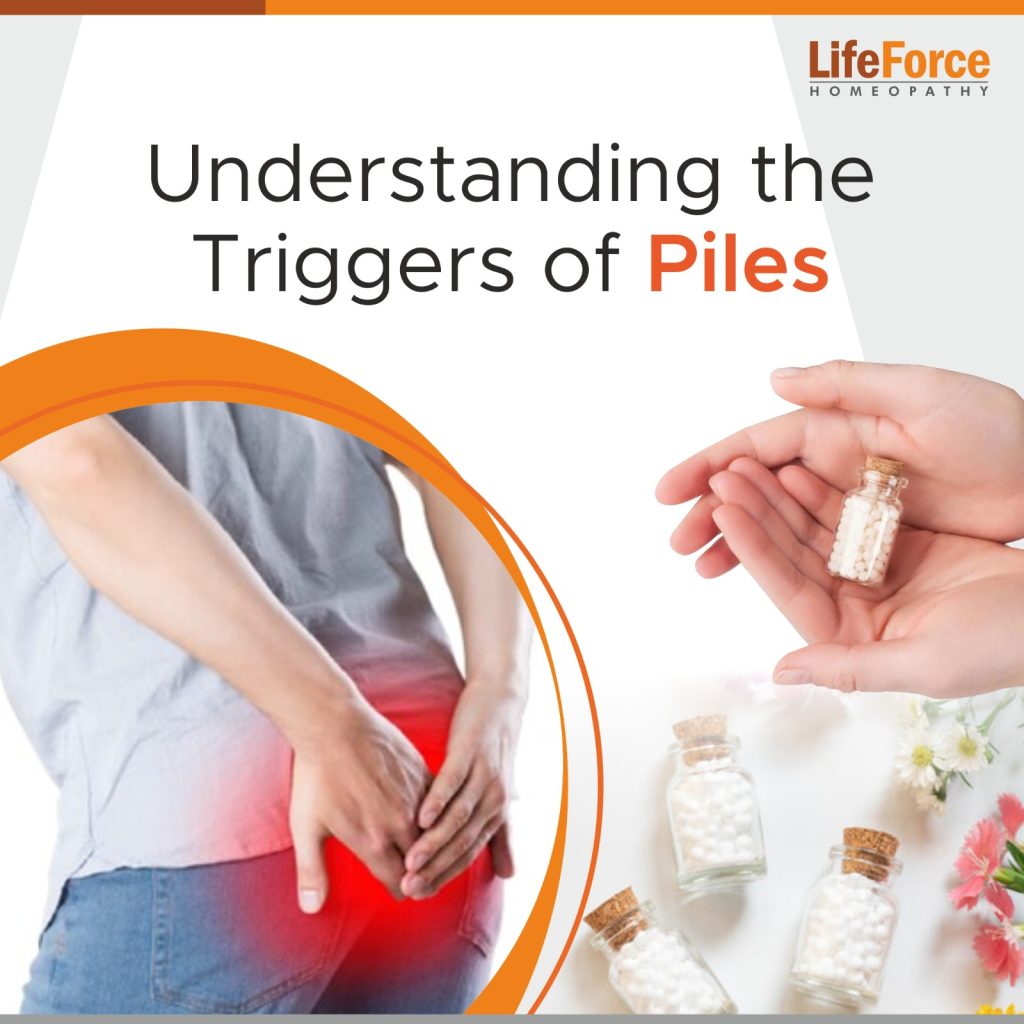Dysmenorrhea is defined as a lower abdominal pain that affects the females during menses. It is characterized by uterine cramping of the abdominal muscles and is associated with periods. It typically starts 1 -3 days before the onset of menses and lasts for the first few days of bleeding. It may be associated with pelvic disease and, typically, begins with the onset of ovulatory cycles. Menstrual pain is associated with the pain in the lower abdominal muscles with cramping and pulling sensation in the inner thighs accompanied by headache, nausea and vomiting, diarrhea, and constipation. The discomforting pain occurs in the lumbosacral region, and dragging pain in the vulva varies in degrees that get relieved as the menstrual flow gets regulated. It can disrupt your routine and can affect the quality of life adversely. Hormonal imbalance is the root cause of dysmenorrhea, which can be either in excess or deficiency.
The main types of Dysmenorrhea are:
- Primary Dysmenorrhea
- Secondary Dysmenorrhea
- Primary Dysmenorrhea is pain that occurs just before or during the menses, in the absence of the secondary cause or due to any underlying disease. It occurs in 50% to 80% of menstruating females. Its prevalence in adolescent girls ranges from 50% to 80 %. The onset of symptoms occurs from 2 months to 2 years after the menarche sets in.
- Secondary dysmenorrhea occurs later in the secondary stages due to the underlying cause, such as polycystic ovarian disease, endometriosis, or associated with pathologic conditions.
We treat patients from the USA, UK, Canada, Australia, UAE & 180 more countries. Get an expert opinion on your ailment, click here to ask Dr. Shah’s team directly.
Clinical Presentation of Dysmenorrhea:
History is a very important factor, as it causes a great impact on the entire clinical presentation of the cause. It may differ from girl to woman, depending on their age and the cause which triggers it. Ensuring a great deal of authentic information, by procuring the necessary details from the patient, helps in the correct diagnosis of the case as to why it is causing painful menses. The nature and the character of the flow are equally important when noting the information about the menses and discomfort. It is essential to determine the following factors while taking a detailed case history:
- The onset of menses that is to determine the correct age at which the menses had started
- The flow of menses, whether it is heavy scanty or normal
- The length of the flow
- The quality of menses
- The timing of symptoms with regards to cycle
- Degree of impairment with daily activities
Symptoms of Dysmenorrhea:
The classical presentation of symptoms is as follows.
- Crampy lower abdominal pain
- Pain which may radiate to the legs of thighs
- Pain which may be confined to the stomach or lower back
- Pain with fatigue
- Feverish feeling
- Nausea
- Vomiting
- Dizziness
- Diarrhea
- Headache
Obtain a characteristic history with the age and quality of flow to understand the underlying cause and the diagnostic feature of the case. We need to access the inner anatomy of the structure of the female system. It is important to get the ultrasonography of the internal structures of the female system to detect the underlying abnormalities so that the diagnosis can be perfect, and it forms the basis of the prognosis of the treatment.
Etiology
Hormonal imbalance leads to changes in the menstrual flow, the external manifestation, and internal manifestation, such as changes in the internal structures. Under the influence of progesterone, which is produced locally, the myometrial tone and contractions increase resulting in the pain. It also causes pain in the nerve terminals due to hypersensitivity in the myometrium. Increased uterine activities also cause the flow to increase with painful contractions, which need to be taken from the inner root rather than just having painkillers.
Treatment Options
Homeopathic Management:
Remember to opt for homeopathy, as it works from the root cause. Homeopathy works effectively by correcting the internal balance of hormone and promotes maximum care by taking everything into the account. A good homeopathic treatment is available for lower spasmodic pain in dysmenorrhea in endometriosis, fibroids, and Pelvic inflammatory disease or Polycystic ovarian disease, which leads to the subsequent predisposition of dysmenorrhea.
Lifestyle Management:
- Take appropriate rest: Let the tense muscles, which contract more forcefully, rest. Relaxed muscles contract with less forcefulness and helps you have relief.
- Exercise regularly: Exercise tones the muscles of the pelvic floor that cause the improvement of the muscles floor.
- Practice kegel exercises as per the physician’s recommendations. Kegel exercises involve deep pelvic floor contractions to tone the muscles.
- Apply heat packs: Heat packs on the muscles is important to relax the muscles of the uterus.
Nutritional supplementation
- Take vitamin B12 regularly
- Have a multivitamin in good absorption form
- Go for your omega fish oil capsules
- Have calcium and vitamin D3 capsules as well.
So, go for a natural, holistic, and integrated method of treatment to take care of dysmenorrhea. Count on homeopathy to improve your relief from uterine contractions and other discomforting symptoms of dysmenorrhea.




